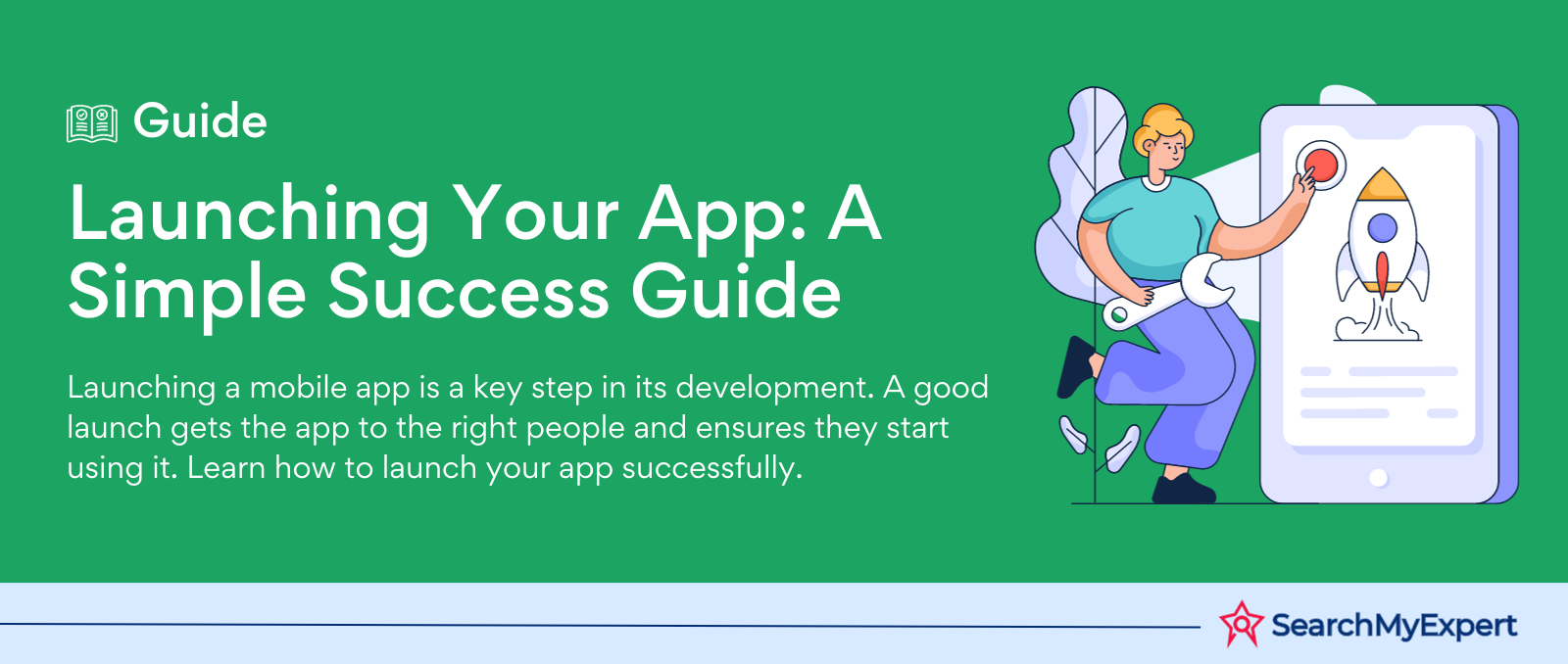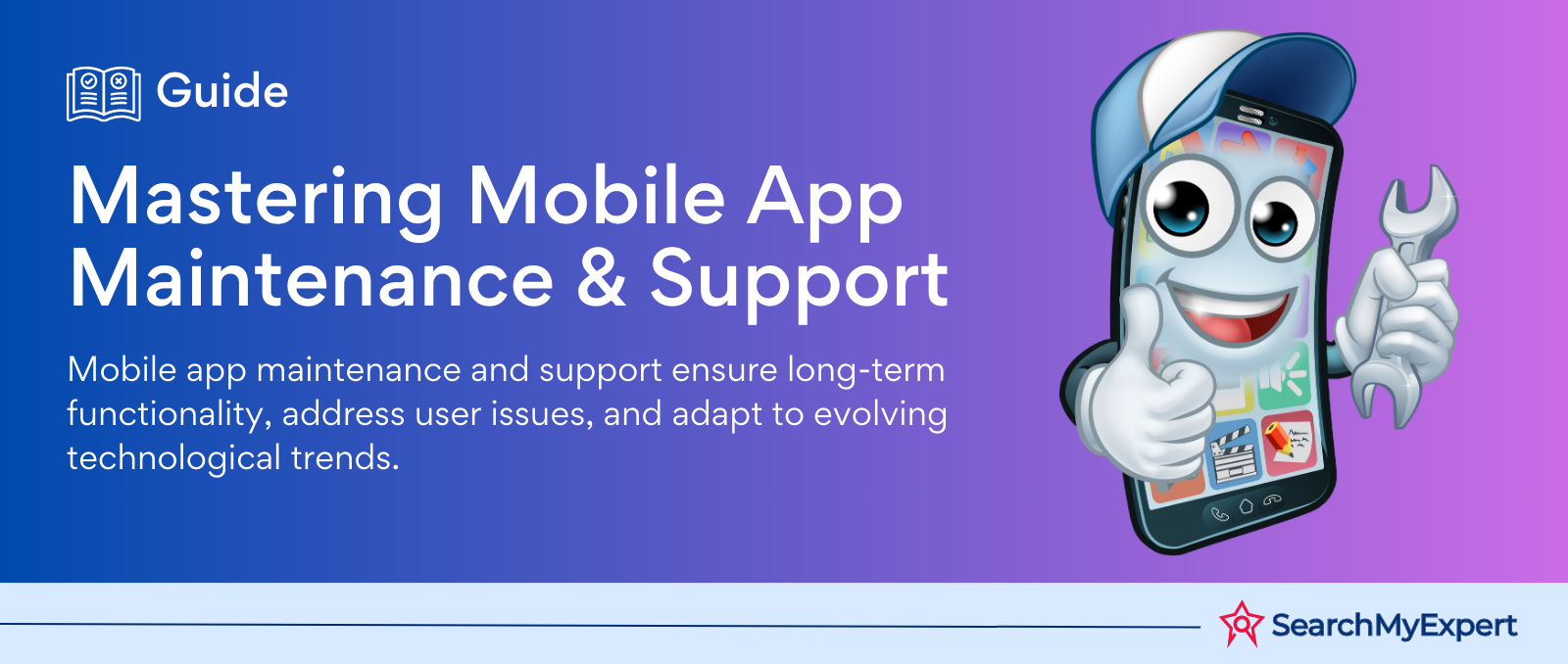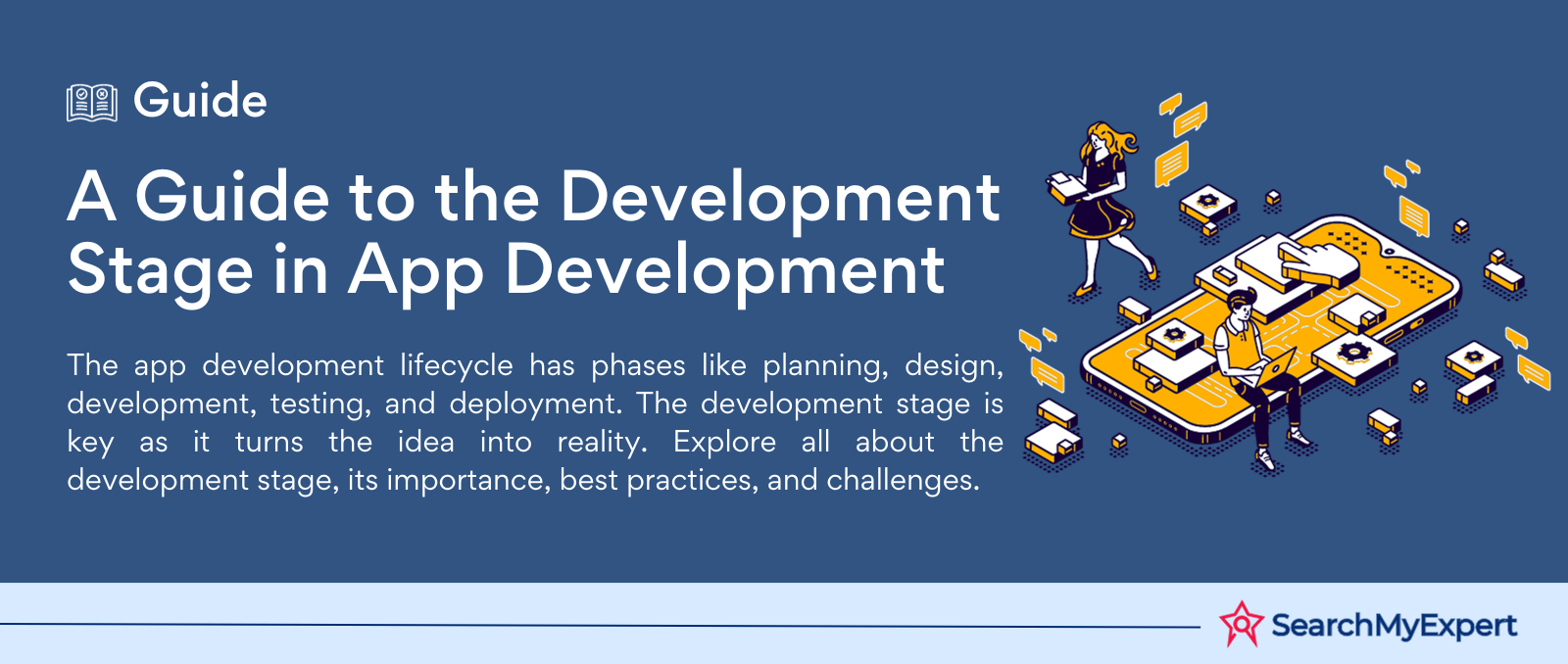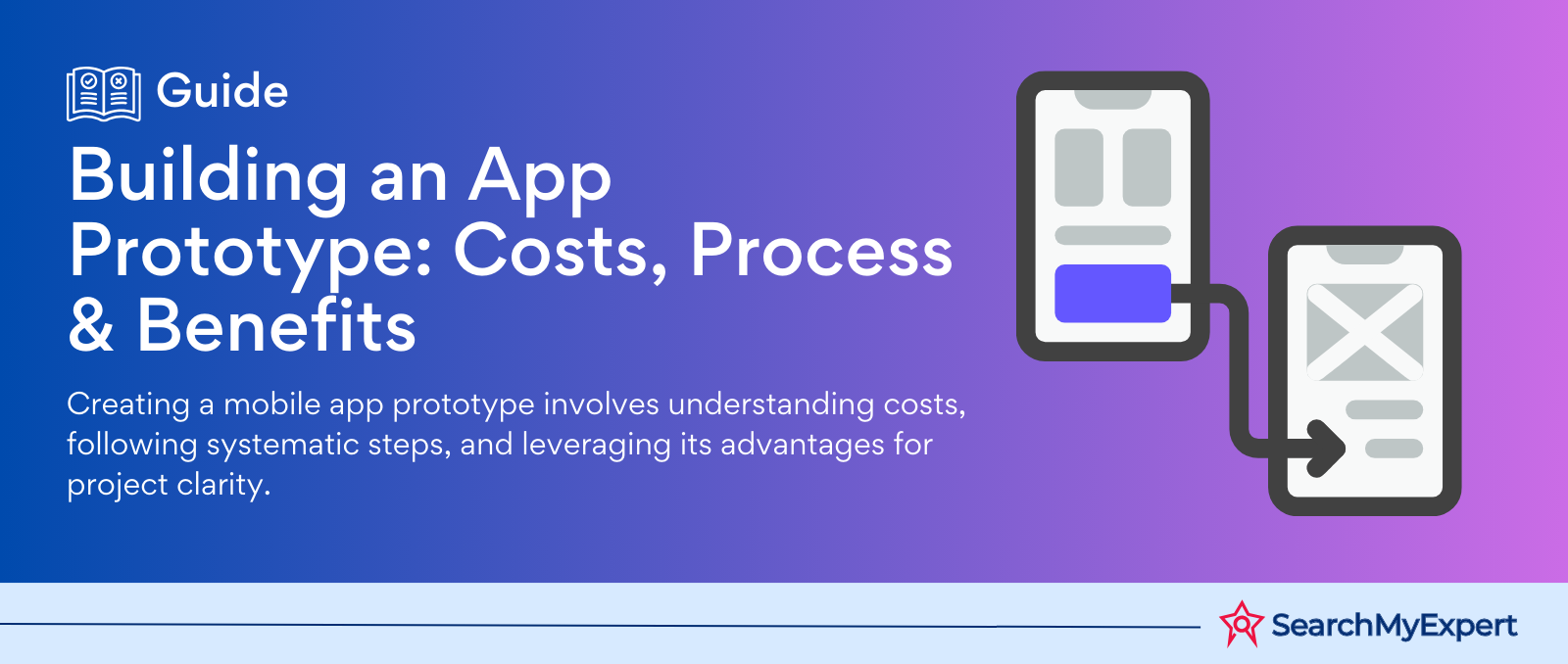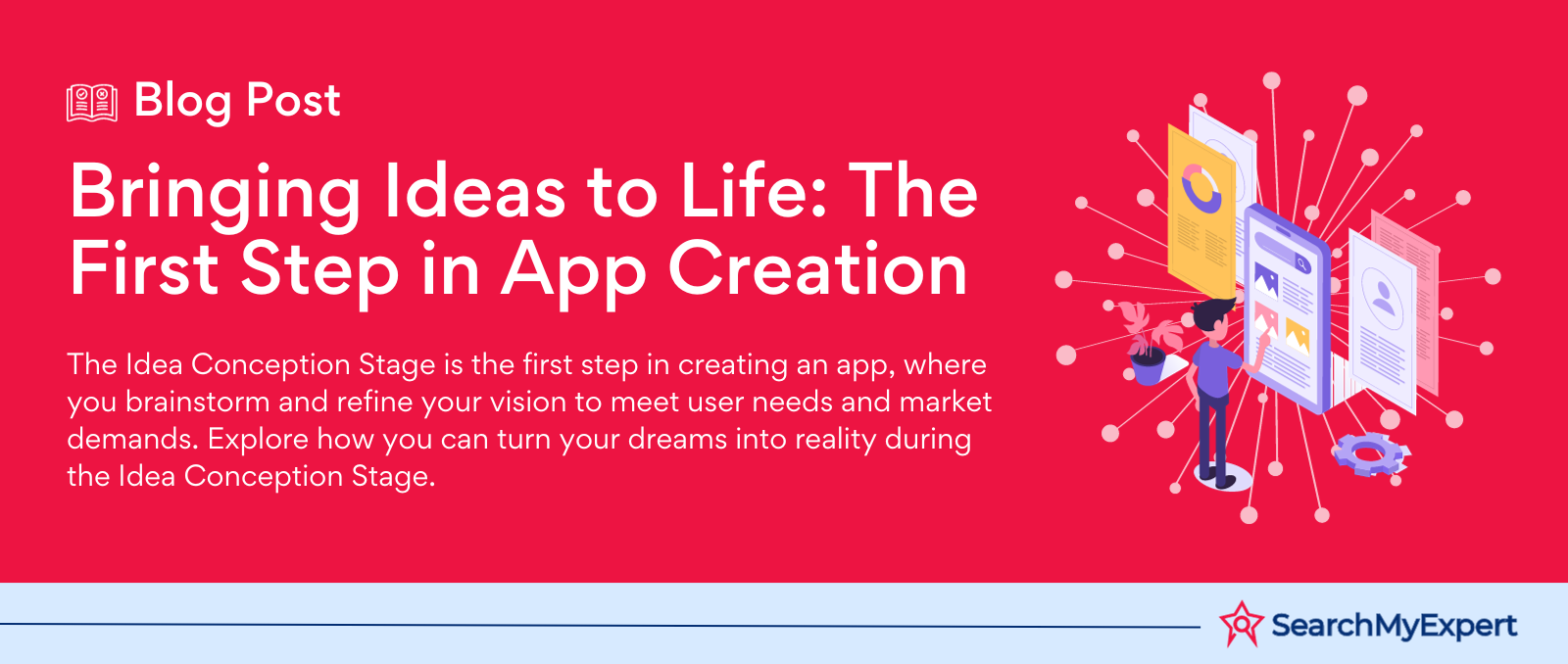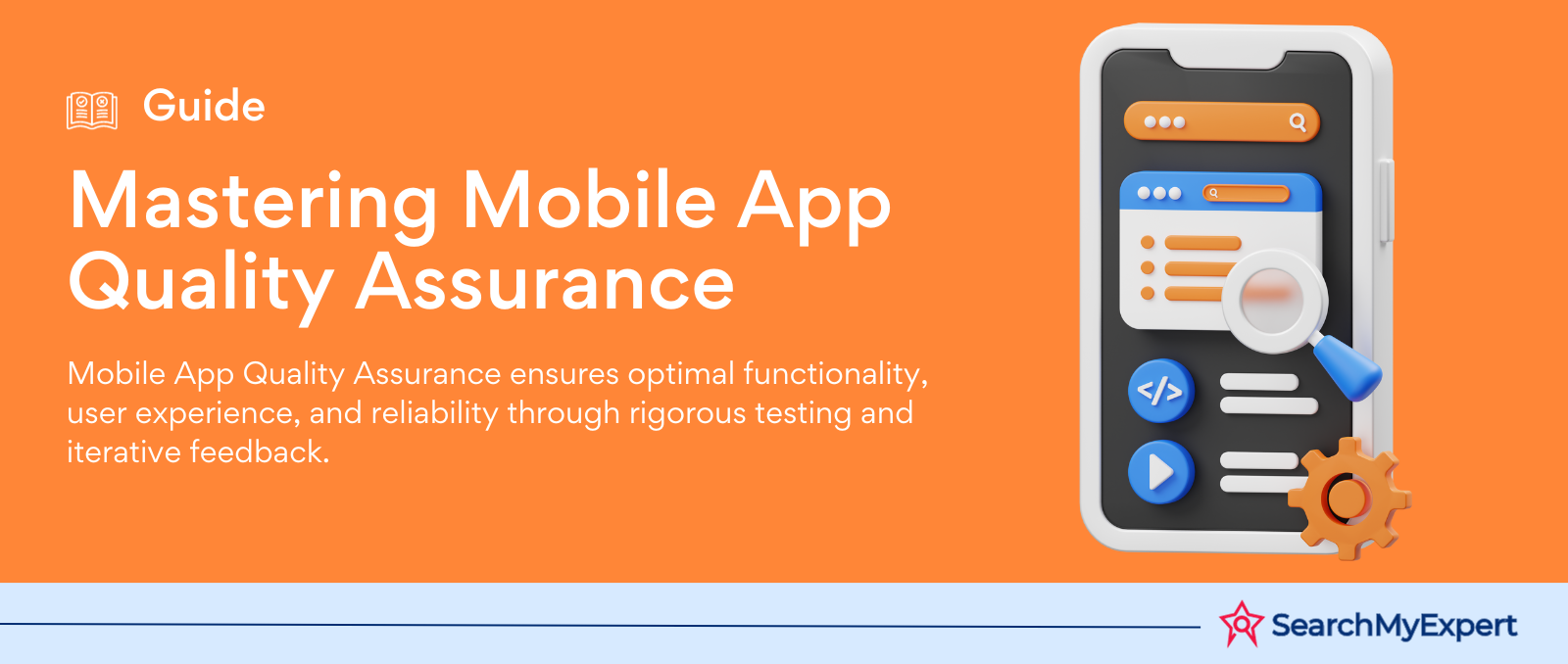Digital Impact Amplified: A Guide to Content Repurposing

Introduction to Content Repurposing: Unveiling Its Potential
Understanding Content Repurposing
Content repurposing is a strategic approach in content marketing, where existing content is transformed and reused in various formats across different platforms. This tactic is not just about recycling old content but involves reimagining and adapting it to serve new purposes and reach broader audiences.
The Undeniable Benefits of Content Repurposing
- Maximizing Content Value: By repurposing content, businesses can extract more value from their original content investments.
- Reach Diverse Audiences: Different audiences consume content in different ways. Repurposing allows you to cater to varied preferences.
- Improved SEO: Repurposing content can boost search engine optimization (SEO) by providing more avenues for your content to be found.
- Consistent Brand Message: It helps maintain a consistent brand message across various channels, reinforcing your brand identity.
- Time and Resource Efficiency: Creating quality content from scratch is resource-intensive. Repurposing saves time and effort.
Dispelling Myths about Content Repurposing
Myth: It's just lazy recycling of old content.
- Reality: It's a creative process that adds value and fresh perspective to existing content.
Myth: Repurposed content is irrelevant.
- Reality: If done correctly, it's tailored to be relevant to different audiences and platforms.
Myth: It hurts SEO due to duplicate content.
- Reality:
When repurposed thoughtfully, it actually boosts SEO efforts.
Identifying Opportunities for Content Repurposing
Analyzing Existing Content for Potential
- Content Audit: Start by conducting a thorough audit of your existing content. Look for evergreen topics, high-performing posts, and pieces that spark engagement.
- Feedback Analysis: Review comments and feedback. What did your audience resonate with? This can guide you towards content that's worth repurposing.
Understanding Audience Preferences and Platform Suitability
- Audience Insights: Dive into analytics to understand what content formats and topics your audience prefers.
- Platform Analysis: Each social media or content platform has its unique audience and content style. Match your content format with the platform's nature.
Evaluating Content for Adaptation
- Length and Detail: Some content might be too detailed for a social media snippet but perfect for a blog post.
- Format Suitability: Assess if the content can be transformed into a different format. For example, can a detailed report become an infographic?
- Style Consistency: Ensure that the repurposed content aligns with your brand’s tone and style.
Selecting the Right Repurposing Strategy
Targeting the Right Audience with Preferred Content Formats
- Audience Segmentation: Understand the demographics, interests, and behaviors of your audience segments to tailor content effectively.
- Preferred Formats: Identify which formats (videos, blogs, infographics) resonate most with your target audience.
Aligning Repurposing Goals with Marketing Objectives
- Brand Awareness: If the goal is brand awareness, focus on eye-catching and shareable content formats like videos or infographics.
- Lead Generation: For lead generation, repurpose content into downloadable resources like eBooks or whitepapers.
- Customer Engagement: Engage customers with interactive content like quizzes or webinars.
Choosing Strategies for Maximum Reach, Engagement, and ROI
- Cross-Platform Strategy: Utilize different platforms (social media, blogs, email) to maximize reach.
- Content Series: Turn a single topic into a series of posts or videos to maintain audience interest.
- Evergreen and Trending Balance: Mix evergreen content with trending topics to stay relevant and provide value.
Repurposing Content into New Formats
Transforming Blog Posts
- Into Infographics: Condense key points from informative blog posts into visually appealing infographics.
- Into Videos: Create short videos summarizing blog content, ideal for social media platforms.
- Into Social Media Snippets: Extract intriguing quotes or statistics for quick, shareable social media posts.
Converting Webinars and Presentations
- Into Blog Posts or Articles: Transcribe key takeaways and insights from webinars into detailed blog posts.
- Into Podcasts: Repurpose the audio from webinars into podcast episodes, potentially reaching a new audience.
- Condensed Guides: Turn presentations into downloadable guides or eBooks.
Adapting Social Media Content
- Into Email Newsletters: Compile engaging social media posts into a cohesive narrative for email newsletters.
- For Website Content: Use popular social media content to enrich the content on your website, such as creating a photo gallery from Instagram posts.
Optimizing Content for Different Platforms
Tailoring Content-Length, Style, and Tone
- Platform-Specific Length: Adjust the length of your content to fit each platform. For instance, shorter posts for Twitter and longer, in-depth articles for LinkedIn.
- Style and Tone Adaptation: While maintaining your brand voice, tweak the style and tone to suit the platform's audience. Be more formal on LinkedIn and conversational on Facebook.
Utilizing Platform-Specific Features
- Formatting Options: Use platform-specific formatting features like hashtags on Twitter or Instagram, bullet points in LinkedIn articles, or interactive elements in Facebook posts.
- Visuals and Multimedia: Leverage platform-specific strengths like Instagram's focus on visuals or YouTube's video format.
Incorporating Keywords and Hashtags for Visibility
- SEO Optimization: Use relevant keywords to optimize content for search engines, particularly for blog posts and website content.
- Hashtag Strategy:
Research and use trending and relevant hashtags for social media platforms to increase content visibility and discoverability.
Promoting Repurposed Content Effectively
Sharing Across Various Channels
- Cross-Platform Sharing: Distribute your repurposed content across multiple platforms. For instance, share a snippet of a video on Instagram and direct viewers to the full version on YouTube.
- Integration with Other Content: Embed or link your repurposed content in relevant blog posts, emails, or social media posts to provide additional value.
Engaging with the Audience
- Encouraging Interaction: Ask questions or prompt discussions related to your content to boost engagement.
- Responding to Comments: Actively engage with your audience by responding to comments and messages. This not only fosters community but also increases the visibility of your content.
Utilizing Scheduling Tools for Consistency
- Content Calendar: Plan your content distribution using a content calendar to maintain a consistent posting schedule.
- Automation Tools: Use social media scheduling tools like Hootsuite or Buffer to automate the posting process, ensuring regular content distribution without manual intervention.
Measuring and Analyzing Repurposing Performance
Tracking Key Metrics
- Engagement Metrics: Monitor likes, shares, comments, and time spent on content to gauge audience engagement.
- Reach Metrics: Track how far your content is spreading, including views, impressions, and unique visitors.
- Conversion Metrics: Measure actions like sign-ups, downloads, or sales resulting directly from your repurposed content.
Evaluating Different Repurposing Strategies
- Comparative Analysis: Compare the performance of different types of repurposed content to identify what resonates most with your audience.
- Content Lifespan: Assess how long each piece of content remains relevant and engaging to optimize future repurposing efforts.
Refining Repurposing Efforts
- Feedback Incorporation: Use audience feedback and engagement data to refine and improve your repurposing strategies.
- Trend Adaptation: Stay updated with changing content trends and platform algorithms to continuously adapt your repurposing tactics.
Conclusion
In conclusion, content repurposing is an indispensable strategy in today's digital landscape. It’s not just about extending the life of your content but also about maximizing its reach and impact across various platforms and audiences. By carefully analyzing existing content, understanding audience preferences, and choosing appropriate repurposing strategies, businesses can enhance engagement, boost SEO, and achieve better ROI. The key lies in creatively transforming and adapting content to fit different formats and platforms while maintaining a consistent brand message. Remember, effective promotion and regular performance analysis are crucial for refining your content repurposing strategy. Embrace content repurposing as part of your content marketing approach to witness a significant boost in your digital presence and audience engagement.
Experience the difference of data-driven Content Marketing Services.
share this page if you liked it 😊
Other Related Blogs

Mastering Docker for App Development: A Comprehensive Guide to Benefits, Use-Cases, and Alternatives
STAY UP TO DATE
GET PATH'S LATEST
Receive bi-weekly updates from the SME, and get a heads up on upcoming events.
Contact Us




